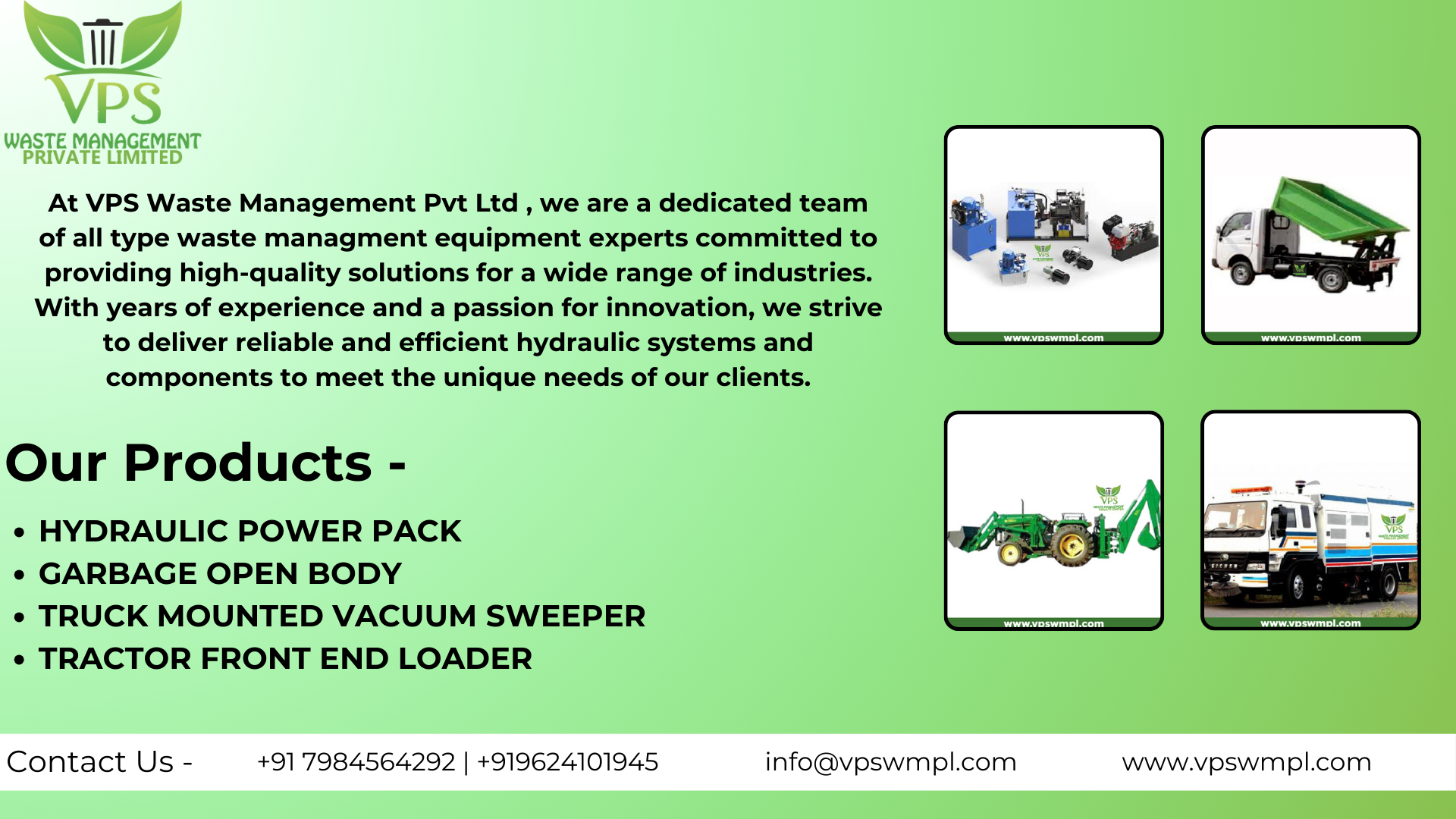Truck-Mounted Vacuum Road Sweeper
What Is a Truck-Mounted Vacuum Road Sweeper?
A Truck-Mounted Vacuum Road Sweeper is a self-propelled street cleaning vehicle built on a truck chassis, integrated with a vacuum suction system, rotating brushes, a water spraying unit, and dust filtration system. Its primary function is to collect dust, debris, leaves, and waste from urban, industrial, or highway roads with minimal dust emissions.
Unlike mechanical sweepers that rely on only brushing, vacuum sweepers suck up debris through a high-powered vacuum system, making them suitable for fine dust and environmentally sensitive areas.
How Its Made Manufacturing Process
1. Chassis Selection
-
A standard truck chassis (commonly 6- or 10-wheel) is chosen based on payload and required sweeping width.
-
Vehicles can be powered by the truck engine (PTO system) or a separate auxiliary engine for the sweeper unit.
2. Sweeper Unit Fabrication
-
The main components include:
-
Suction Nozzle & Inlet Ducts
-
Main & Side Brushes (Hydraulic or Electric)
-
Water Tank with Spray System
-
Dust Filtration Unit or Cyclone Separator
-
-
Heavy-duty steel or FRP is used for durability and rust protection.
3. Vacuum System Installation
-
A high-capacity vacuum fan (turbo or centrifugal) is fitted to create suction force.
-
Ducts and silencers are added for airflow and noise control.
4. Hydraulics & Controls
-
Hydraulic circuits control the brush movement, suction lifts, and dumping system.
-
An electronic control panel is installed in the truck cabin.
5. Painting & Assembly
-
Anti-rust treatment, painting, and logo branding are done.
-
Final assembly includes testing of all hydraulic, electrical, and pneumatic systems.
Where Its Used
Truck-mounted road sweepers are essential in:
-
Urban Roads & Municipalities
-
Industrial Zones (cement plants, steel plants, etc.)
-
Airport Runways & Aprons
-
Construction Sites (for dust suppression)
-
Ports, Logistics Parks, Warehouses
-
Public Parks & Tourist Spots
Key Features
-
High Suction Power for fine dust, sand, and light debris
-
Dual Side Brushes for wider sweep and curb-to-curb cleaning
-
Water Spray Nozzles for dust suppression
-
Large Hopper Capacity (2 to 6 cubic meters or more)
-
Cabin Control Panel for brush pressure, speed, and spray control
-
Hydraulic Dumping System for easy debris unloading
-
Filtration System to prevent secondary dust emission
-
Reverse Camera and Night Lights for safer operation
-
PTO or Auxiliary Engine Driven Options
Importance of Vacuum Road Sweepers
-
Ensures cleaner public roads, improving urban hygiene
-
Essential for air quality control, especially in dusty or polluted cities
-
Supports Swachh Bharat Mission and smart city infrastructure
-
Reduces manual sweeping and labor exposure to dust
-
Provides efficient cleaning coverage over long distances
-
Mandatory in industrial compliance and airport safety regulations
Advantages
Efficient Dust Collection Suits fine dust, unlike mechanical sweepers
Eco-Friendly Water spray + filtration reduce airborne dust
Labor Saving Reduces dependency on large cleaning teams
Multi-Use Works on roads, parking lots, ports, and campuses
Time-Saving Covers large areas quickly with wide sweep
Safe for Public Use Operates even in congested or sensitive zones
Integrated Controls Easy operation from inside the truck
Heavy-Duty & Durable Long lifespan with low maintenance
Significance in Indias Infrastructure & Environment
-
Plays a crucial role in urban development, pollution control, and public health
-
Mandatory for airport runways, tollways, smart cities, and SEZs
-
Helps in automated waste management under city municipality reforms
-
Supports industrial dust emission control near power plants, cement factories, etc.
-
A key element in zero-manual scavenging goals
Why Choose a Truck-Mounted Vacuum Sweeper?
-
Better Than Manual Sweeping Safer, faster, cleaner
-
All-in-One Vehicle No need for trailers or tractors
-
Dust Control at Source Avoids air pollution
-
Professional Look Builds credibility for facility management
-
Easy Maintenance Modular design and available spares
-
Technology-Driven Enables digital monitoring and smart city integration
-
Optional Electric or Hybrid Variants Eco-conscious models available
FAQs Frequently Asked Questions
1. What is the average cleaning speed of a truck-mounted sweeper?
Typically 515 km/hr depending on the road type and debris level.
2. Can it clean wet roads or after rainfall?
Yes, most units can operate on damp roads but may require debris pre-sorting for heavy sludge.
3. How often does the hopper need emptying?
Depends on debris load; typically after every 2030 km of cleaning or once the hopper is full.
4. Are spares and service available locally?
Yes, especially in urban and industrial cities. Local support ensures uptime.
5. Whats the fuel consumption like?
Approximately 46 liters/hour for auxiliary engines; if PTO-driven, consumption is shared with the truck.
6. Can it clean potholes or hard debris?
Primarily for dust and light debris; not designed for heavy gravel or concrete chunks.
Conclusion
A Truck-Mounted Vacuum Road Sweeper is a critical asset for modern urban hygiene, industrial compliance, and environmental safety. It combines mechanical and vacuum cleaning in a single mobile platform, making it ideal for both public and private sector usage.
Whether you are a municipality, airport authority, road contractor, or industrial estate manager, investing in a truck-mounted sweeper ensures faster cleaning, lower pollution, reduced manpower, and higher efficiency all essential for todays infrastructure-focused India.
Website:-https://vpswmpl.com/

